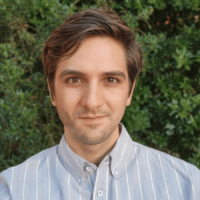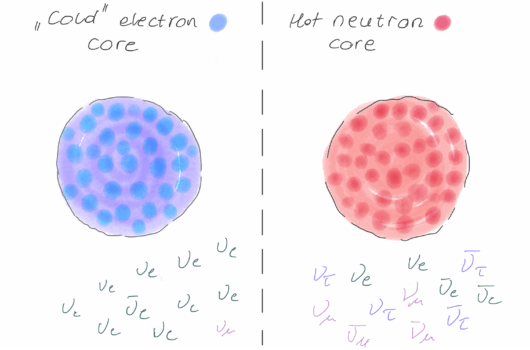Exact block encoding of imaginary time evolution with universal quantum neural networks
Exact block encoding of imaginary time evolution with universal quantum neural networks
View
Abstract
We develop a constructive approach to generate quantum neural networks capable of representing the exact thermal states of all many-body qubit Hamiltonians. The Trotter expansion of the imaginary-time propagator is implemented through an exact block encoding by means of a unitary, restricted Boltzmann machine architecture. Marginalization over the hidden-layer neurons (auxiliary qubits) creates the non-unitary action on the visible layer. Then, we introduce a unitary deep Boltzmann machine architecture, in which the hidden-layer qubits are allowed to couple laterally to other hidden qubits. We prove that this wave function ansatz is closed under the action of the imaginary-time propagator and, more generally, can represent the action of a universal set of quantum gate operations. We provide analytic expressions for the coefficients for both architectures, thus enabling exact network representations of thermal states without stochastic optimization of the network parameters. In the limit of large imaginary time, the ansatz yields the ground state of the system. The number of qubits grows linearly with the system size and total imaginary time for a fixed interaction order. Both networks can be readily implemented on quantum hardware via mid-circuit measurements of auxiliary qubits. If only one auxiliary qubit is measured and reset, the circuit depth scales linearly with imaginary time and system size, while the width is constant. Alternatively, one can employ a number of auxiliary qubits linearly proportional to the system size, and circuit depth grows linearly with imaginary time only.





